Nyssa sylvatica (Black tupelo/black gum) - native to eastern North America
Full sun for best fall color and dense habit, but tolerates high shade; moist to average soils; zones 5-9
A wonderful broadly pyramidal tree of medium growth rate to 40’ with attractive glossy green leaves in spring/summer, turning blazing orange and red in the fall; deeply furrowed brown-gray bark. The cultivar ‘Wildfire’ produces new growth that emerges red before fading to green.
Oxydendrum arboreum (Sourwood) - native from Virginia to Kentucky, western Florida to Louisiana
Prefers moist soils in full sun but tolerates some shade; zones 5-9
An interesting tree, upright oval, somewhat rounded, with branches appearing layered, 30’ in most situations. Long panicles of urn shaped pendulous white flowers appear in early summer; slightly fragrant. Grows slowly and erratically but can be trained with staking. Excellent fall color, bright red.
Parrotia persica (Persian ironwood) - native to the Caucasus region of Iran
Full sun, adaptable to different soils, drought tolerant; zones 4-8
Upright, spreading tree to 30’ with nicely layered branches especially as it reaches maturity. Quite shrubby when young and can be multi-trunked, but is often limbed up to be single-trunked and classic tree-form. Produces clusters of red tassel-like flowers in late winter; excellent fall foliage color ranging from yellow to orange, sometimes red and purple. Newer cultivars such as Persian Spire emphasize a more narrow, upright almost columnar habit excellent for tight spaces.
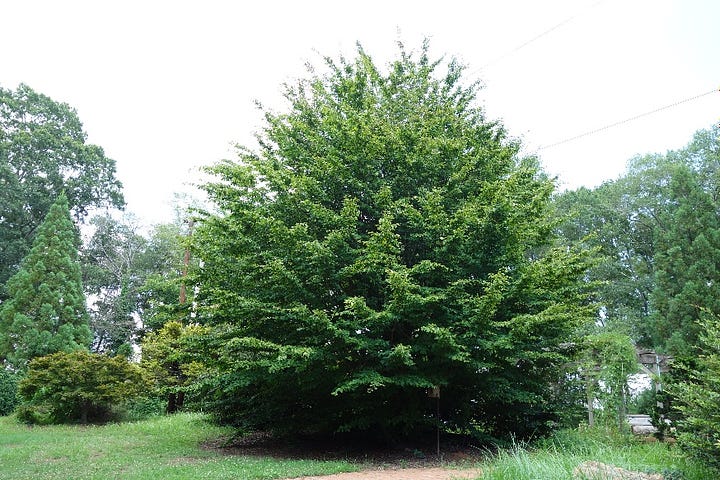
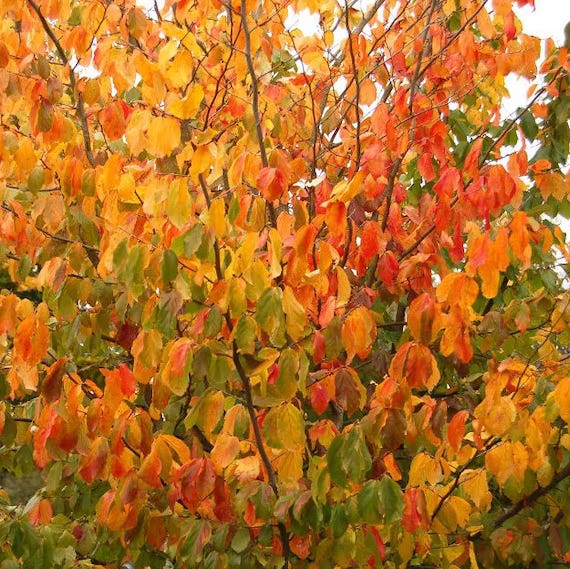
Pistachia chinensis (Chinese pistache) - native to China, Taiwan, Phillippines
Full sun, not particularly fussy about soil as long as it isn’t soggy; withstands drought and heat like a champ. Zones 6-9.
Upright rounded tree to 30’, pinnate compound leaves; best attributes are its resilience to hot, humid, dry weather and its fall color ranging from orange to orange-red.
Stewartia pseudocamellia (Japanese Stewartia) - native to Japan and Korea
Part shade to full sun, moist but well drained soils with organic matter; zones 5-8.
One of my favorite trees for its sculptural habit, exfoliating bark, and red fall color; tends to be multi-trunk and looks best that way; 20 to 40’; flowers are white and closely resemble the flowers of Camellias.
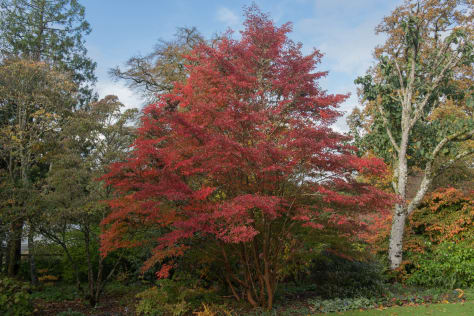
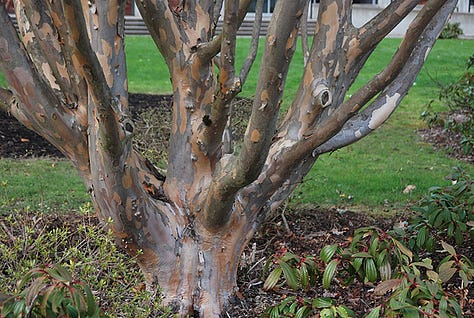
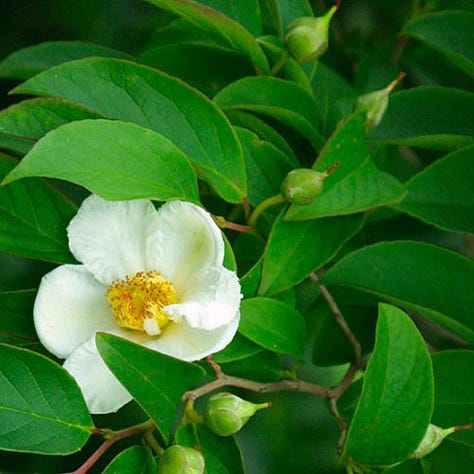
Syringa reticulata (Japanese tree lilac) - native to northern Japan
Full sun, moist but well drained soils; prefers the cooler climates of zones 3 to 6, and so better suited to areas north of a line from Maryland to Nebraska.
Basically a tree-form, white flowering lilac; slow growing to 25’, blooms in June, flowers slightly fragrant. The cultivar ‘Golden Eclipse’ has gorgeous variegated leaves with creamy yellow leaf margins.
Vitex agnus-castus (Chastetree) - native from central Asia to the Mediterranean
Full sun, moist but well drained soil but also tolerating dry chalky/lean soil; zones 7-9, dies back to the ground in zone 6 and re-flowers later in summer than further south; quite heat and drought tolerant
Large shrubby tree usually multi-trunked, 15-20’; loaded with blue/purple flower spikes akin to butterfly bush from early summer to early fall; attracts a variety of bees and butterflies. Newer cultivars like ‘Blue Diddley’ are much more compact and stay smaller like a shrub.
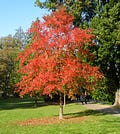


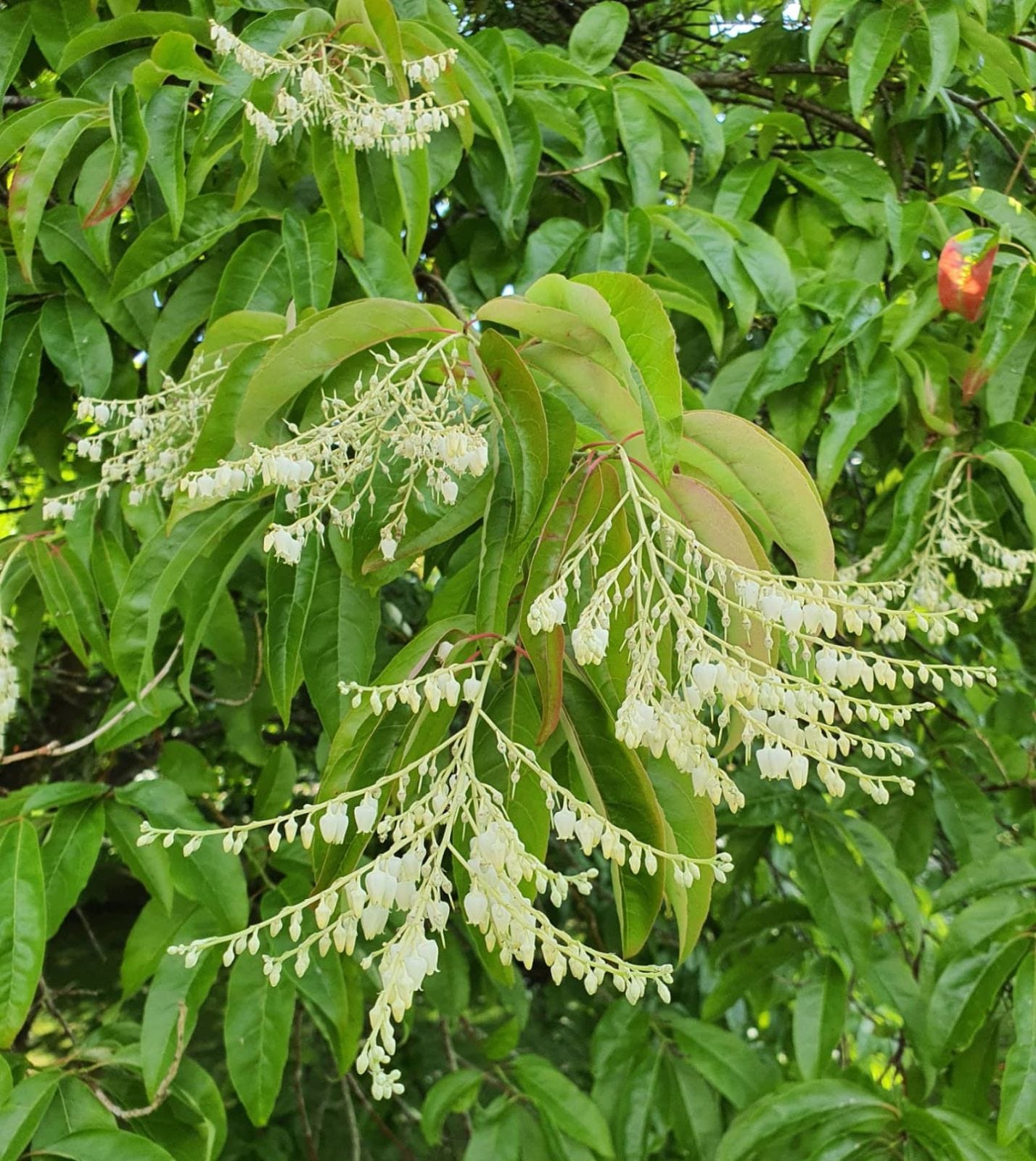
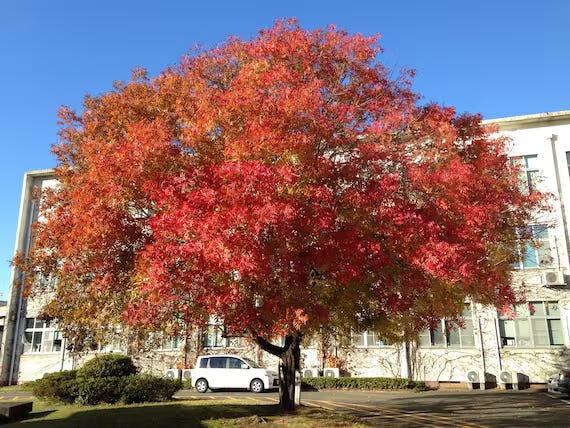

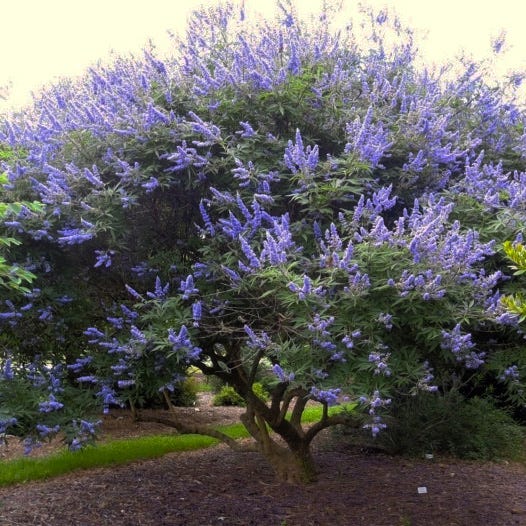
Wonderful--and thanks so much for notes on origins for these trees! (Now if your nursury would just ship to Indiana! 😉)